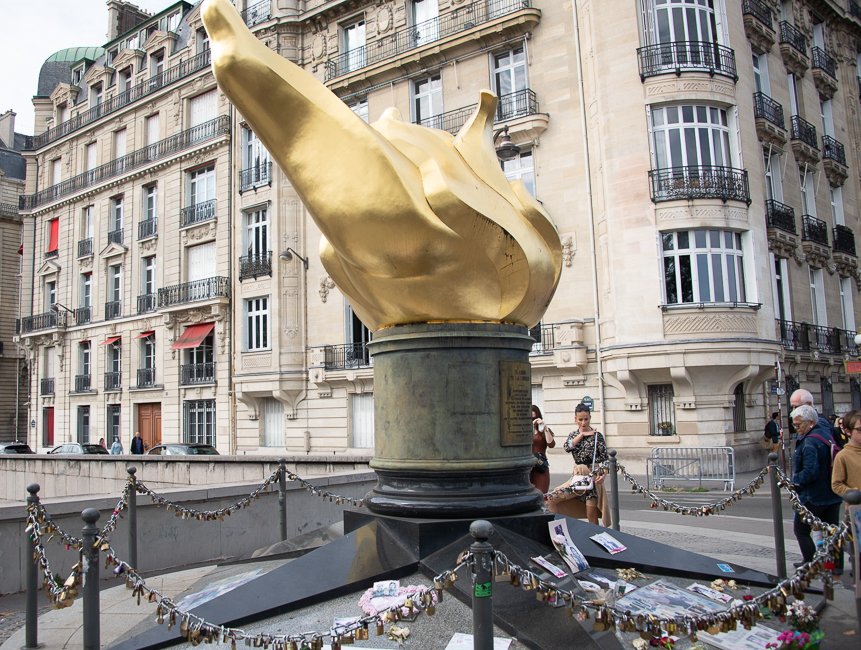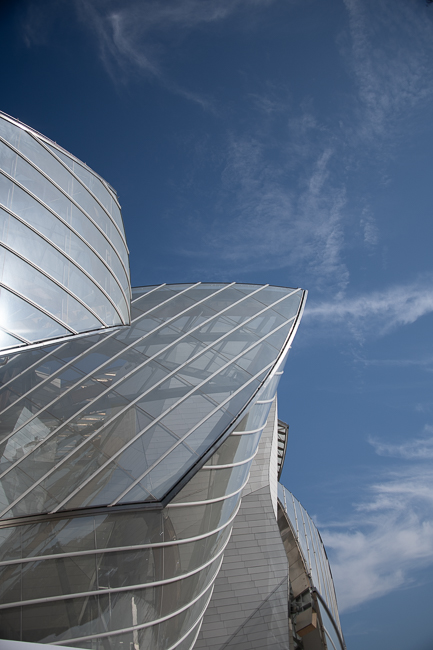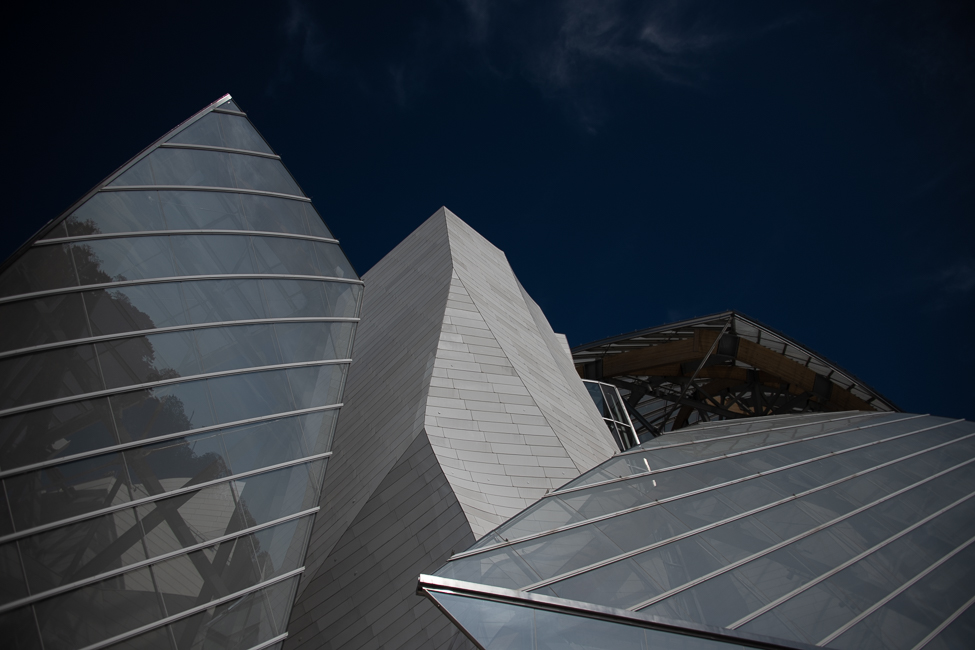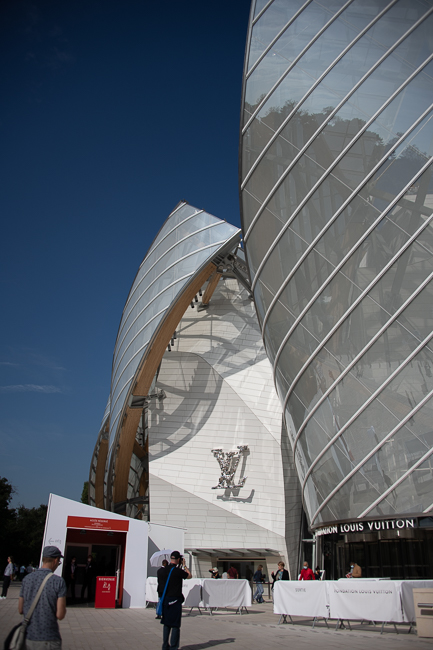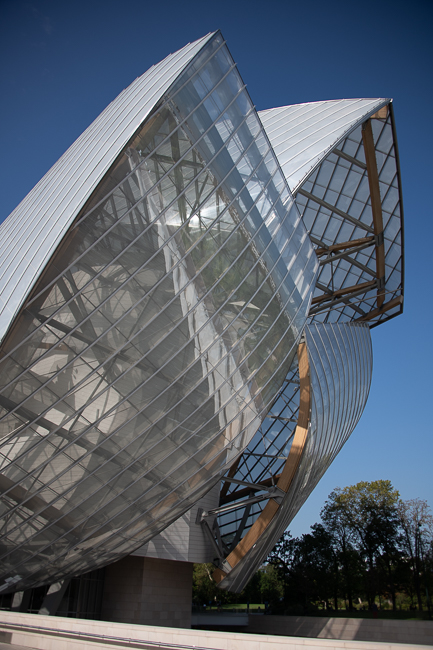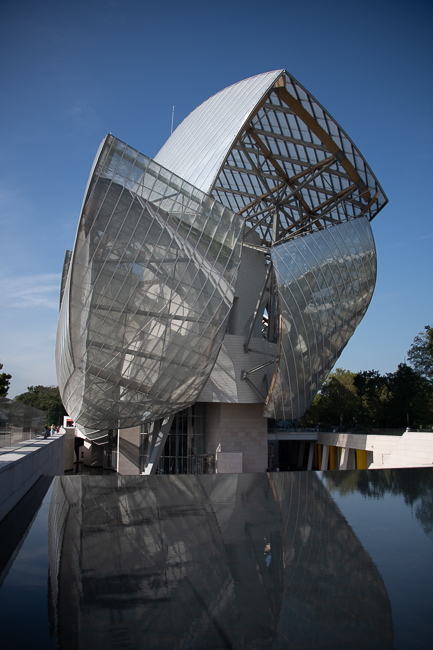September 2021
Covid is still running rampant around the world and the Delta variant is making life even more difficult, so right now, when visiting anywhere it is safest to do so by planning as much as possible out of doors. Here is a little bit of fun around Paris.
Tunnel du Pont de l’Alma
The 12 foot tall Flame of Liberty is a full-sized gilded copper replica of the torch of the Statue of Liberty. It was paid for by donations raised by readers of the International Herald Tribune to honor the centenary of the newspaper’s publication in Paris.
The International Herald Tribune unveiled the monument in 1989.
The commemorative plaque placed at the foot of the Flame reads as follows:
“The Flame of Liberty.
An exact replica of the Statue of Liberty’s flame offered to the people of France by donors throughout the world as a symbol of the Franco-American friendship.
On the occasion of the centennial of the International Herald Tribune.
Paris 1887-1987.”
The story does not end there. The flame stands on a small square above the tunnel where Princess Diana was killed. The monument has now become an homage to the late Princess and is covered with flowers and photographs becoming a makeshift monument to her memory.
McDonald’s at 119 Rue Saint-Lazare
After France lost the Alsace region to Germany in the Franco-German War of 1870, many left the area to settle in Paris. In keeping with their beer brewing heritage they opened dozens of brasseries in the city.
Built in 1892 and named Au Roi de la Biére (“The King of Beer”), what was originally one of these Alsatian brasseries is now a fanciful McDonald’s.
Deemed a historic national monument in 1997, many of the original features remain including the large statue of Gambrinus—a legendary European folk hero and the eponymous “King of Beer”—as well as beer steins, tobacco pipes, and a stork perched on the building’s chimney.
Parc Monceau
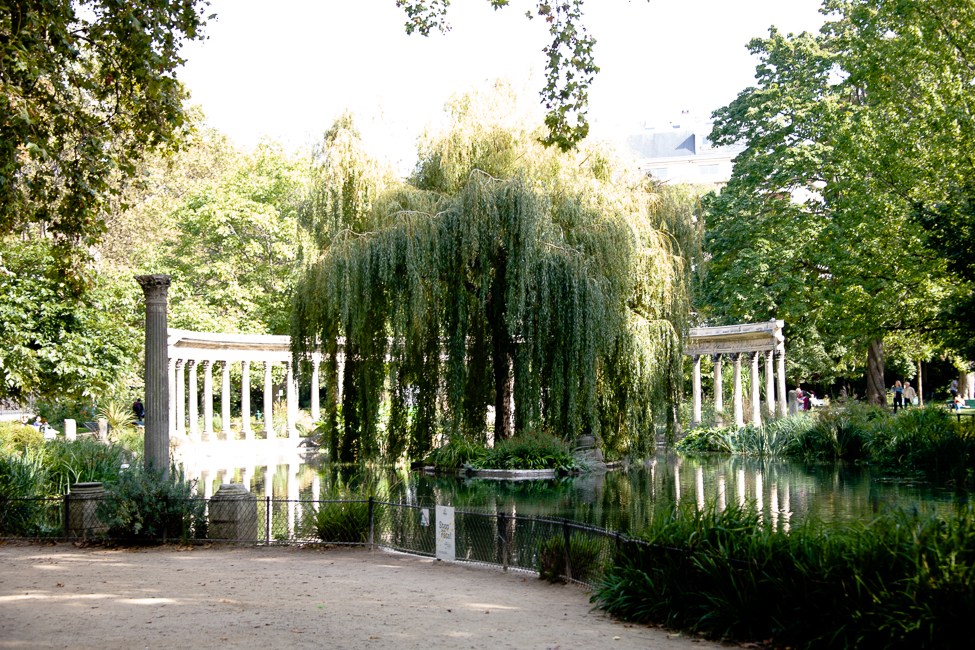 Park Monceau was established by Phillippe d’Orléans, Duke of Chartres, a cousin of King Louis XVI, fabulously wealthy, and active in court politics and society. In 1778, the duke decided to create a public park, and employed the writer and painter Louis Carrogis Carmontelle to design the gardens.
Park Monceau was established by Phillippe d’Orléans, Duke of Chartres, a cousin of King Louis XVI, fabulously wealthy, and active in court politics and society. In 1778, the duke decided to create a public park, and employed the writer and painter Louis Carrogis Carmontelle to design the gardens.
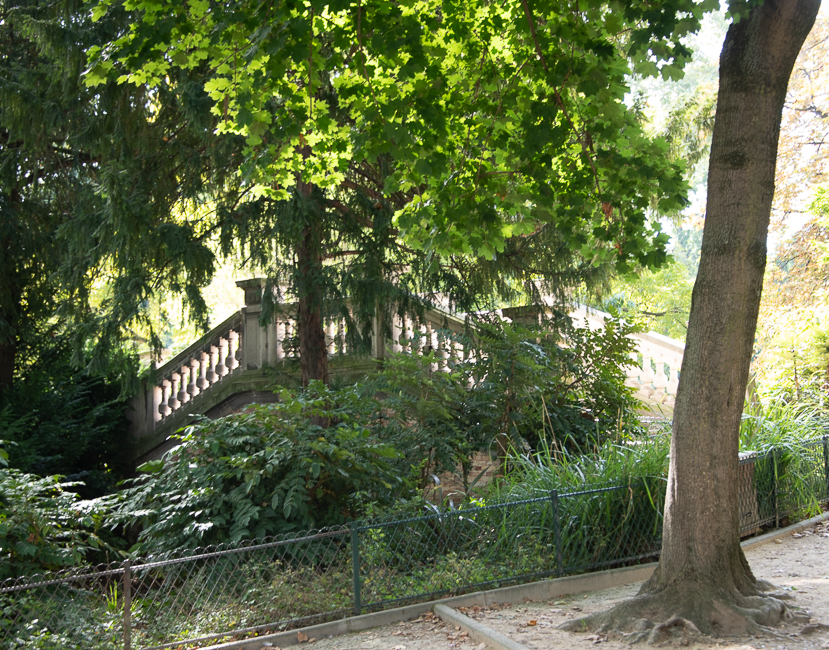 His intention was to create what was then called an Anglo-Chinese or English garden, on the earlier model of Stowe House in England.
His intention was to create what was then called an Anglo-Chinese or English garden, on the earlier model of Stowe House in England.
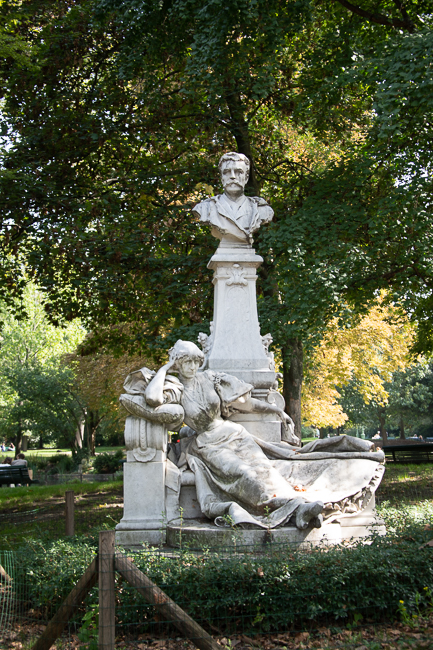 Carmontelle employed a German landscape architect named Etickhausen and the architect of the Duke, Bernard Poyet, to build the follies and stated that “It is not necessary for gardens or nature to be presented in the most agreeable forms. It’s necessary instead to preserve the charm that one encounters entering the garden, and to renew it with each step, so that the visitor in his soul will have the desire to revisit the garden every day and to possess it for himself. The true art is to know how to keep the visitors there, through a variety of objects, otherwise they will go to the real countryside to find what should be found in this garden; the image of liberty.
Carmontelle employed a German landscape architect named Etickhausen and the architect of the Duke, Bernard Poyet, to build the follies and stated that “It is not necessary for gardens or nature to be presented in the most agreeable forms. It’s necessary instead to preserve the charm that one encounters entering the garden, and to renew it with each step, so that the visitor in his soul will have the desire to revisit the garden every day and to possess it for himself. The true art is to know how to keep the visitors there, through a variety of objects, otherwise they will go to the real countryside to find what should be found in this garden; the image of liberty.
On any given weekend the park is filled with both picnickers and athletes honing their skills and staying in shape with personal trainers kicking their clients buts.
3 Place Du Général Kœnig
After a long walk I needed a sit-down. I found this small delightful park near the Port Maillot, which was anchored by this rather impressive sculpture. It is a monument to French general Marie Pierre Koenig (1898 – 1970). The inscriptions reads, “General Koenig, know that you are the pride of France”. Multiple dates on the monument refer to his accomplishments during WWII.
Kœnig commanded a Free French Brigade at the Battle of Bir Hakeim in North Africa in 1942. After the war, he served with French forces in Morocco.
Louis Vuitton Foundation Bois de Boulogne
The building was designed by Frank Gehry. According to the Architect: The design responds to the setting of the Jardin d’Acclimatation, evoking the tradition of 19th-century glass garden buildings, the role of the Jardin in cultural memory (especially the work of Marcel Proust) and the desire to create a contemporary art museum that will be attractive and welcoming to the children and families who frequent the Jardin.
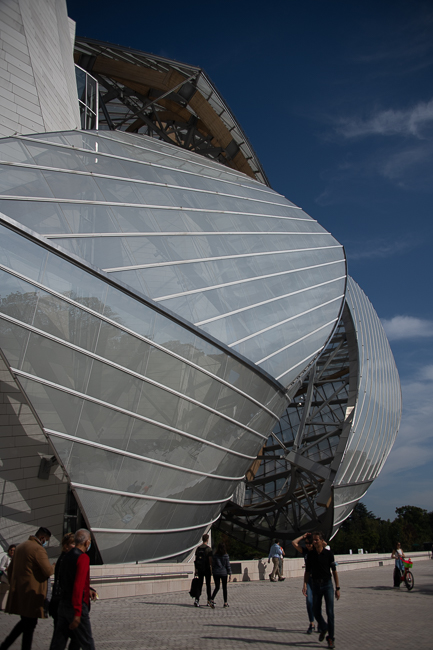
The structure of the glass roof allows the building to collect and reuse rain water and improves its geothermal power.
Constructed on the edge of a water garden created especially for the project, the building comprises an assemblage of white blocks (known as “the icebergs”) clad in panels of fiber-reinforced concrete, surrounded by twelve immense glass “sails” supported by wooden beams. The sails give Fondation Louis Vuitton its transparency and sense of movement, while allowing the building to reflect the water, woods and garden and continually change with the light.
